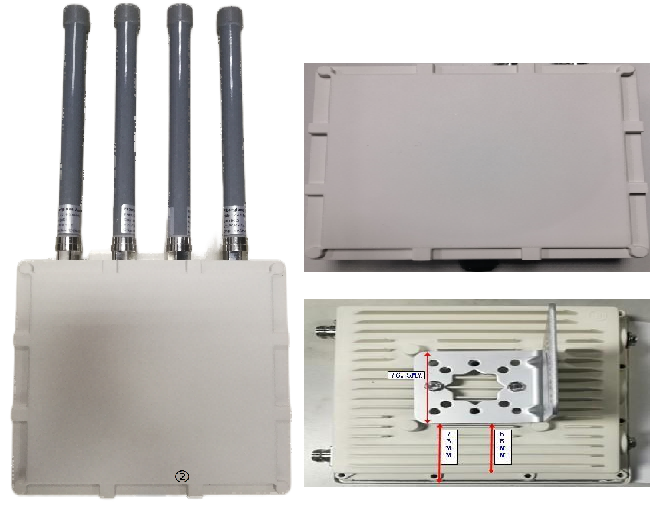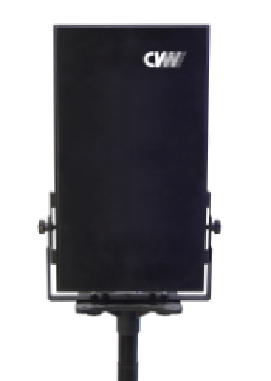Wireless high-speed data transmission terminals have revolutionized the way we communicate and access information. These devices enable seamless and efficient data transfer without the need for physical connections. In this article, we will delve into the common applications of wireless high-speed data transmission terminals, exploring how they have transformed various industries and enhanced our daily lives.
Telecommunications Industry
The telecommunications industry has greatly benefited from wireless high-speed data transmission terminals. These devices have facilitated the rapid growth of mobile networks, enabling faster and more reliable data transfer. With the advent of 5G technology, wireless terminals have become essential for delivering high-speed internet access to mobile devices, supporting applications such as video streaming, online gaming, and video conferencing.
Internet of Things (IoT)
Wireless high-speed data transmission terminals play a crucial role in the Internet of Things (IoT) ecosystem. IoT devices, such as smart home appliances, wearables, and industrial sensors, rely on wireless connectivity to transmit data to centralized
systems. These terminals enable seamless communication between IoT devices and the cloud, facilitating real-time data analysis, remote monitoring, and control. For instance, in smart cities, wireless terminals enable efficient management of traffic, waste management, and energy consumption.
Healthcare
In the healthcare sector, wireless high-speed data transmission terminals have revolutionized patient care and medical research. These devices enable the transmission of medical data, such as patient records, diagnostic images, and real-time monitoring data, securely and efficiently. This facilitates remote consultations, telemedicine services, and remote patient monitoring, improving access to healthcare in remote areas. Additionally, wireless terminals support medical research by enabling the collection and analysis of large datasets, leading to advancements in disease prevention, diagnosis, and treatment.
Transportation and Logistics
Wireless high-speed data transmission terminals have transformed the transportation and logistics industry by enhancing efficiency, safety, and tracking capabilities. In logistics, these terminals enable real-time tracking of shipments, optimizing supply chain management and reducing delivery times. Furthermore, wireless terminals facilitate communication between vehicles, enabling features like GPS navigation, traffic updates, and vehicle-to-vehicle communication, enhancing road safety and reducing accidents.
Education
Wireless high-speed data transmission terminals have had a significant impact on education, enabling remote learning and access to educational resources. With the COVID-19 pandemic, these terminals became essential for delivering online classes, video lectures, and interactive learning platforms. Additionally, wireless terminals enable students to access digital libraries, research materials, and collaborate with peers and teachers remotely. This technology has the potential to bridge the educational divide, providing equal opportunities for students in remote areas.
Wireless high-speed data transmission terminals have become an integral part of our daily lives, transforming various industries and enhancing connectivity. From telecommunications to healthcare, transportation to education, these devices have revolutionized the way we communicate, access information, and conduct business. As technology continues to advance, wireless terminals will play an even more significant role in shaping our future, enabling faster, more efficient, and secure data transmission.

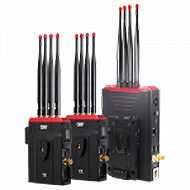 Multi-camera wireless video transmission
Multi-camera wireless video transmission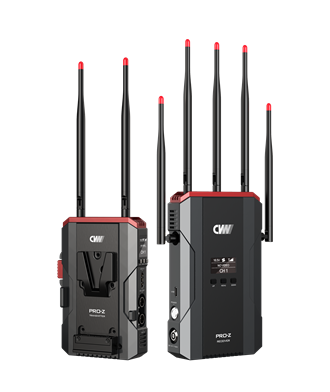 Zero Latency Wireless Video Transmission
Zero Latency Wireless Video Transmission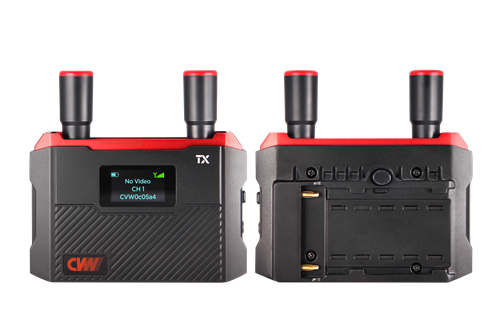
 Designed for teleoperating the heavy equipment
Designed for teleoperating the heavy equipment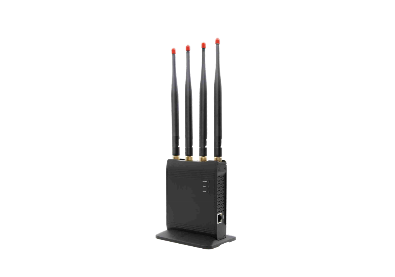 Wireless high-speed data transmission
Wireless high-speed data transmission